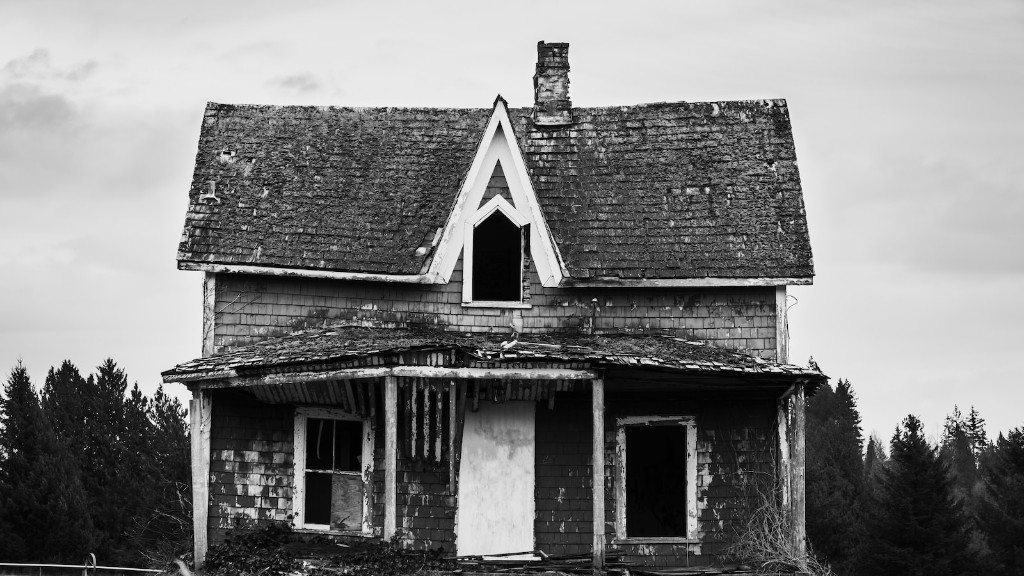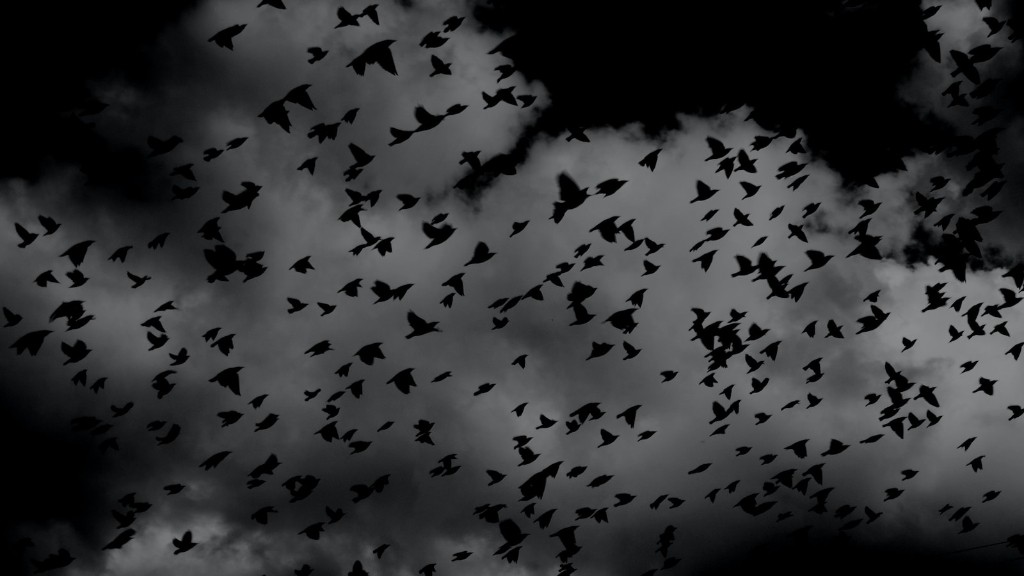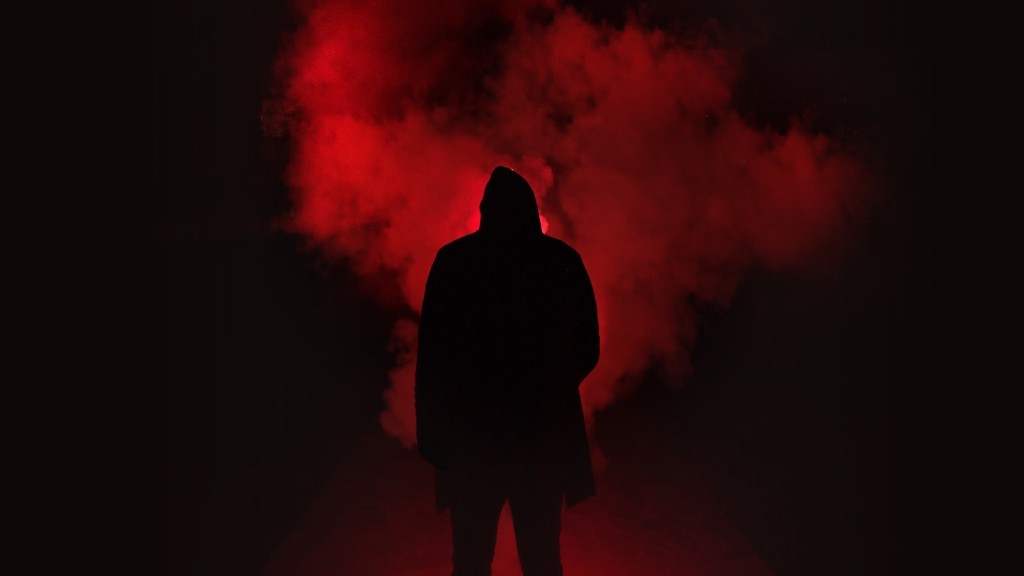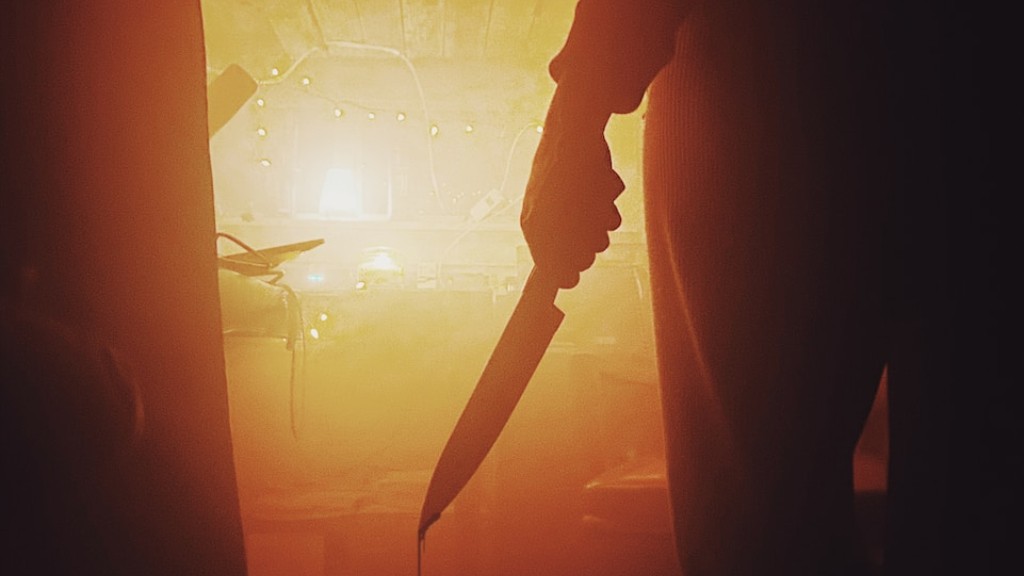An enduring presence in many fantasy films, giants appear in all kinds of stories. Whether they’re cosmical being, mythical creatures, or humans, giants often shape the cinematic universe of these movies. They lend power, scope, and awe to a narrative, and transcend to become one of the most iconic characters of the fantasy genre.
In ‘A Monster Calls’, J.A. Bayona’s feature length adaptation of Patrick Ness’ novel of the same name, giants are the core characters around which the story’s premise revolves. The movie follows 12-year-old Conor on his journey to understanding the complexities of grief and declining parental health. When his world begins to unravel, a giant—in the form of a towering, imposing yew tree—confronts Conor and shares tales of monsters and loss.
Giants in ‘A Monster Calls’ are used to catapult the audience into a realm of imagery that reflects Conor’s own state of mind—an unadulterated floating world of confusing emotions. This is an example of giants being used as a medium for storytelling, in the way Greek gods and goddesses were used to narrate the adventures of Odysseus and Achilles in Homer’s Odyssey. By conveying tales of magical creatures and turbulent lands, the giant of ‘A Monster Calls’ gives a template for Conor to begin processing his own life events, furthering his development and evolution as a protagonist.
Eventually, Conor discovers that giants are the beacons of empathy and understanding which he needs the most. Due in part to his skeptic views of the world, Conor is blind to the love his mom has for him—but the giant helps him see this. He comes to terms with the fact that unconditional love can be found in the most unexpected moments and unexpected places, and this newfound understanding allows him to accept, and cope, with the grief that follows his mother’s death.
The giants of ‘A Monster Calls’ help audiences make sense of an otherwise overwhelming, but often very human, story. Despite the enormous size and spectacle of these characters, their universal messages and themes remain mutually accessible, of the construction of self-identity, dealing with trauma, facing fears, and forming relationships. By analyzing their techniques and meanings, we can unravel deeper messages from the movie and understand why giants remain essential to the fantasy genre.
Giants and Nature
The giant of A Monster Calls, despite being a mythical creature, functions as a powerful representation of the role of nature in our lives. The giant’s connection with the natural world, which Conor can tap into, helps give him the strength he needs to face his mother’s illness. This also reveals how nature can help us make sense of our own emotions and life events, something which is seen in many fantasy films featuring giants.
In the Lord of the Rings trilogy, for example, the Ents are a tribe of shepherds who represent both the power and importance of nature, from the forests and trees that they look after, to their open-minded and peaceful views of the world. Despite their enormous size, the Ents are humble, responsible for protecting the earth and other living creatures, and ultimately have an immense respect for nature. Their presence in these movies as accessible, wise, and good-natured characters helps draw on the importance of the environment and create a powerful message without sacrificing spectacle.
Fantasy films featuring giants thus are a beacon for deep-rooted themes pertaining to nature and its place in our lives, which often go unnoticed in mainstream cinema. These tales of giants broadcast the idea of interconnectedness between creatures and cultures, empowering the idea of our dependence on the natural world around us, and reminding audiences of natural law’s presence in daily life.
Damsels in Distress
Giants aren’t always the source of power within a fantasy plot. In a way, giants also regularly appear as a source of distress, such as in the fairy tales of Jack and The Beanstalk, or the Harry Potter series. Here, their gigantism does not depict an awe-inspiring creature to be looked up to, but become a source of fear that necessitates defeat.
In J.K Rowling’s Harry Potter and the Philosopher’s Stone, giants are seen as being oppressive and destructive, a force to be battled against by the brave and good-hearted heroes. Hagrid, a Hogwarts professor and the caretaker of Acromantula, represents this duality of giants. He may be a good person, but he is also a giant himself, and is thus a reminder to Harry and his friends of their duty to protect the world against the actions of malicious giants. The movie leads us to understand why defeating a giant is the only way to protect what is just, while also understanding why it’s important to treat everyone with respect and kindness- even those seemingly bigger, more powerful than ourselves.
In this way, fantasy films featuring giants don’t just describe strength and invincibility – they also often portray how giants can be a threat to balance and justice. The ways in which stories of giants are used thus help audiences understand how harm, however enormous it might be, must be eradicated. As such, giants in movies can serve not just as vessels for grandeur, but also as powerful tools of hero-building.
Stereotyping
The persona of giant has also been used to perpetuate stereotypes and oppositional discrimination in many cinematic industry films. While most giants are typically a source of benevolence or distress to protagonist, a handful of movies like Clash of the Titans have used them as a vessel for spreading ideas of racism, oppression, and injustice.
Here, the giant, who is usually a representation of the race of Titans, is used to evoke feelings of the greatness of the human race, and the inferiority of mythical creatures. Though a specific message is never explicitly stated, these films embrace the idea of giants as formidable opponents who, when defeated, symbolize human’s power and sense of superiority. Because of this, many fantasy films featuring giants take into consideration possible messages and representations about race, gender, and sexuality before depicting them.
It’s important to note that fantasy films featuring giants do not just create exciting, grand moments – they are also often a reflection of what goes on in the world, a tool that has been used to show the great and lesser aspects of humanity. Though mythology and movie-making often side-step these issues, in the production of these movies, it is important to view and consider giants in a socially conscious lens.
Gore and Viscera
Giants in fantasy films also frequently carry a sense of enormous power, a heightened sense of competition and consequence. These characters—their strength, and size—embody a presence of danger that comes with the struggle of a protagonist. Nowhere is this more readily seen than in the visceral, gory action sequences with an immense focus on scale and combat prowess.
Of course, Peter Jackson’s Lord of the Rings trilogy featuring trolls and orcs are an example of this. Though the sequence doesn’t have a giant, the tension and grandiosity of the Battle of Helm’s Deep is made possible because of the presence of giant-like creatures. Here, the orcs act as a physical representation of evil and darkness, and their massive presence is made to show the power of oppressive forces, while in contrast, the kingdom of Rohan appear as a beacon of hope and justice. This story element, of battling giants in a most visceral of ways, is used in many movies featuring giants, as a means to emphasize the significance and consequence of any struggle.
The Power of Grandeur
Giants in fantasy movies, however, are not all about violence and displays of force. More often than not, they represent something much more than that. They are tools of art, representing vast beauty in a way that appeals to perceivable senses. From Gwig in Pan’s Labyrinth to the Ents in The Lord of the Rings trilogy, giants can provide a truly aesthetic experience.
In Pan’s Labyrinth, Gwig is the faun-like creature that is used to open a doorway from the real world to a fantastical one. Here, his enormous size and transcendent beauty is a reflection of the dreamlike journey of the protagonist, of her search for a place where her imagination and her own state of reality co-exist. Similarly, the Ents in the Lord of the Rings trilogy are used to show the grand scale of Middle-Earth and the lengths of the protagonists’ journey, pushing into imagination a world far greater than our own.
Fantasy films featuring giants, then, can be an aesthetically pleasing experience, a tool used to invoke feelings of grandeur, beauty, and journey. They are instruments used to create scenes and moments that speak to individuality and surpass tangible boundaries, serving as a source of pleasure and joy.
Cultural Icons
Giants in fantasy movies are also often seen as cultural icons. In The Last Guardian, giants become representations of the human spirit and collective consciousness, symbols of the strength of cohesive bonds and of support. Here, Trico, a massive creature with the head of a dog, wings of a phoenix, and the body of a tiger, is the embodiment of human connection. The game shows the importance of mutual understanding and caring in order to survive, and encourages the idea of using empathy to create a better world.
In ‘Attack of the Giant Leeches’, the giant creature is used to personify agricultural and industrial pollution, while also talking to themes of slavery. The monster here, as monstrous and lethal a force as it is, is a representation of the negative impact of technology, and of a people trying to use science to reach immoral levels of power. This allusion drives home the importance of using science and technology responsibly, of being conscious of the long-term effects of our “progress”.
Oftentimes, giants in movies are symbols of the greater, frightful powers in the universe and their representation can be used to depict complex philosophical and social dilemmas. They are a means for storytellers to communicate themes, ideas, and values, helping us to better understand ourselves and the world around us.



